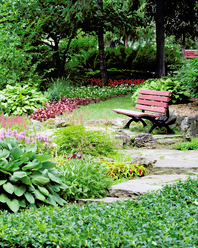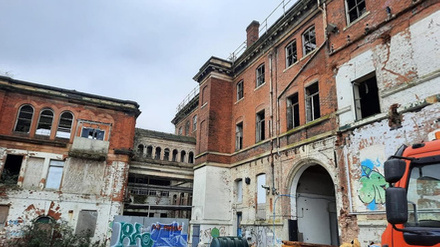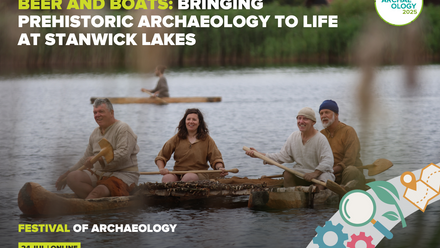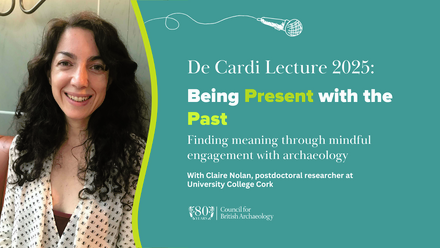Reimagining post war urban spaces
The situation
The Gateshead Highway, built in the 1960s, was found to have structural defects in December 2024 that could cause it to collapse. It was closed immediately. The traffic disruption has been immense, with local businesses suffering economic impacts.
The issue
A huge piece of brave new world infrastructure, the aerial routeway bisects central Gateshead. Carrying the A167, the principal southern approach road to the Tyne Bridge, this is a lynch pin to connectivity within the Tyne and Wear conurbation.
Gateshead Council have pledged to demolish the structure by the end of 2025, but what if an alternative strategy was pursued?
The highway ploughs through Gateshead’s urban grain. It’s a bit of a beast and a striking feature of Gateshead’s townscape. The vast brutalist structure dominates its environment. Since its construction, it has acted as a barrier in the public realm. In the post war era these infrastructure projects crowned the car as king, obliterating pedestrian connectivity between neighbourhoods.
In our more enlightened age, we’re concerned by the negative impacts on the environment and our health from car travel. Never mind the frustration of time wasted in traffic jams. We don’t want to choke on traffic fumes. We know public transport is greener and that building active travel into our lives supports our good health and wellbeing.
The opportunity
The flyover is a product of its time. Constructed using thousands of tonnes of concrete, it represents a lot of structures in our towns and cities that present similar issues. What do we do with redundant post war infrastructure? The tonnes of embodied carbon raise environmental questions around carbon wastage and net zero targets.
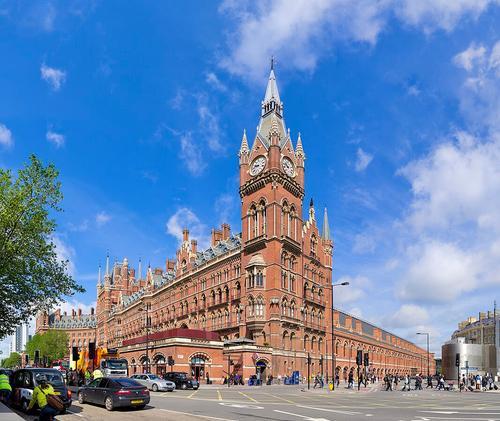
The experience of 20th century campaigns to save buildings we now cherish as much as St Pancras Station from demolition, demonstrates that buildings are most vulnerable to being unvalued and demolished in the 50 – 100 years after their construction. We’re in a period of sweeping away 20th century structures. They’re widely seen as the least valuable and best opportunity to make way for contemporary architecture and design to meet contemporary requirements for use and space.
Yes, a lot of experimental concrete stuff has structural issues. Many feel nothing says ‘broken tooth’ quite like the unsympathetic massing and scale of cast concrete buildings cutting across urban grain. But then, post war building projects speak of the bold aspirations of the time. They’re part of the evolution of places. Are we being a bit ‘demolition happy?’ No one thinks we should be generating coal fired power, but not a single cooling tower will survive the decommissioning of those power stations. No physical record of their size and scale.
And so, the Flyover Futures competition asks, can we reimagine a future for this concrete giant that benefits the area? Could we avoid wasting all that embodied carbon in the structure? Could a new use bring environmental and economic value? Could it become a destination that makes a positive contribution to local communities? The structure can’t carry volumes of cars, but could it be valuable for active transport networks.
Embracing redundant historic structures for an adaptive reuse positively reinforces the identity of an area. Is there a phoenix that could be drawn from the ashes of this monumental hulk of concrete?
Why not get involved. Perhaps in the competition or otherwise in the conversation.
Flyover Futures – ideas competition runs until 28th April. A public exhibition at the Farrel centre in Newcastle will follow in May.

